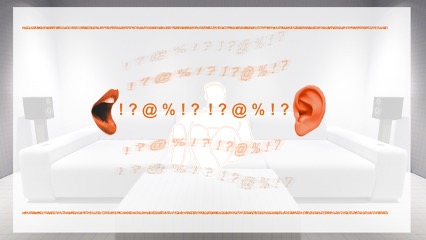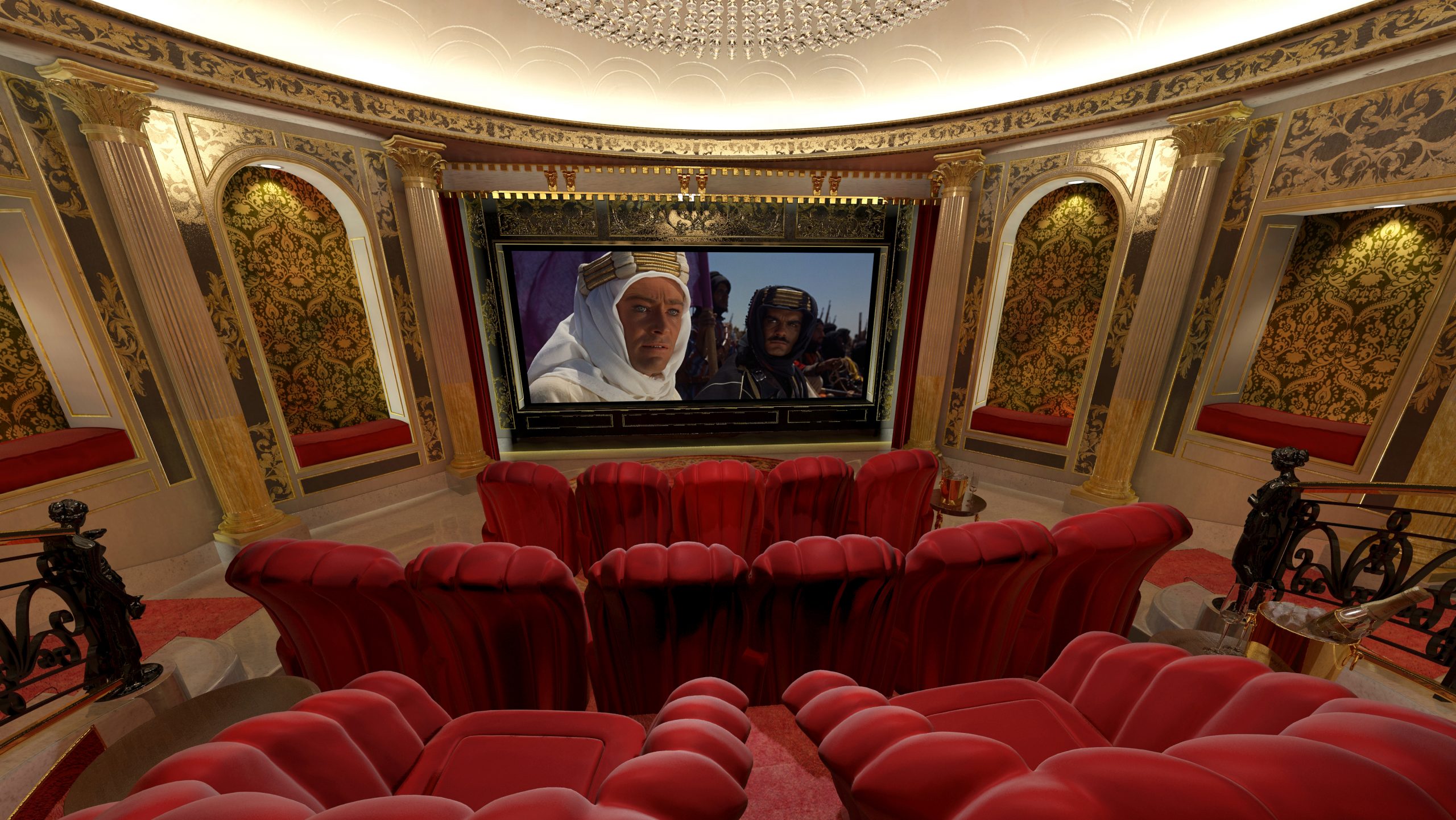In this article, Guy Singleton looks at one of the most important parts of home cinema audio – Dialogue and Speech Intelligibility.
Guy is a veteran of the industry and is known as a subject matter expert in home cinema design. He has taught home cinema design for our governing body CEDIA across four continents. He has been involved at a technical level in the definition of industry standards and has been involved in the production of white papers. Guy was also the inventor of industry-acclaimed software “The Cinema Designer”, which was subsequently acquired by CEDIA. The tool is now used by thousands of our peers, across the globe.
The area of audio processing and reproduction is complex and there is much to consider. But even if you are engaging an expert to design your home cinema audio, it is sometimes helpful and interesting to have an understanding of what goes into the scheme. We hope that you will have a greater understanding of home cinema audio once you have read our article.
If you can’t explain it simply, you don’t understand it well enough.
Albert Einstein
Home Cinema Audio – Dialogue is Everything!
One of the most important parts of any movie is the dialogue. Nothing draws you in more than hearing a soft whisper, a climactic conversation between the protagonist and the antagonist, or the chilling threat of the villain.
The centre channel is responsible for over 60% of the information in most movie soundtracks. This means the design, specification and selection of that particular loudspeaker is extremely important.

When a soundtrack shifts from a car chase or explosion to a quiet conversation, you should achieve comfortable and clear sound reproduction. Thinking of the centre channel, you would need to do your homework – on the loudspeaker itself, its location within the system design and the calibration.
Centre Channel Location
As cinema design professionals, one thing we consider is the speaker’s location, in relation to the screen. If the audio from the centre speaker is perceived as coming from the direction of the screen, it makes sense to our minds. However, if the sound is perceived as coming from another location, it can confuse the audience. This is because the sound is disassociated with the image.
You’ll notice that we use the word “perceive”. This is because the speaker doesn’t always have to be located behind, or very near to, the screen. In the real world, for a host of different reasons, sometimes it isn’t possible to have things exactly where they would go in an ideal world. We can however utilise electronic 3D speaker mapping to make the sound appear as though it is coming from the screen when, in fact, the speaker may not be located there.
(In our media room install here, the centre channel is actually in the ceiling, but with clever audio calibration, you would think that the dialogue is coming from the screen area. It is the quality of the audio from the centre channel, in particular, that makes this an enjoyable, high-performance media room.)
Technical Data Drives Loudspeaker Selection
When we appraise a loudspeaker for a project, we look at the off-axis and on-axis frequency response data. In very simple terms, this tells us how the speaker performs when you are directly in line with it and how far from that point you can be and still achieve great performance.

Similarly, we look at polar plots for all the speakers in a system, including the centre channel. Other data, such as overall sound power and power handling, is also very important. By evaluating all of the data, we are able to make informed recommendations about the suitability of a loudspeaker.

I cannot stress enough the importance of the centre speaker and the setup. Clear and crisp dialogue draws you into the soundtrack. I think it is the single most important part of any theatre system. Therefore, I am very particular about the centre channels that I use. I always try (budget allowing) to specify the very best I can for that particular project.
Calibration
Once we have selected and installed the right loudspeaker, we can turn out attention to the system calibration.
We look at the potential target curves, to match audio with audience expectations. We also maximise any in-built processing EQ to deliver clear, accurate and concise dialogue. By boosting certain frequencies, we can make the audio clearer. This provides massive dividends in terms of the quality of the home cinema audio.
In Conclusion
“As a viewer, I love watching movies. There has to be an emotional connection.”
Ziggy Marley
To create an emotional connection with the dialogue in a movie, we carefully design and select the centre channel. We have been designing some of the UK’s highest-performing home cinemas for more than two decades.
When we create a design for home cinema audio, we ensure that we use technical data and industry best practices, along with the correct loudspeaker selection, to create an authentic cinematic experience for our clients.
We can because we are, Imagine This….
For further reading, please see our article on home cinema design or our blog post about noise-floor and dynamic range. Here is a home cinema project: Stunning Basement Cinema and here is a technical article on LFE.

